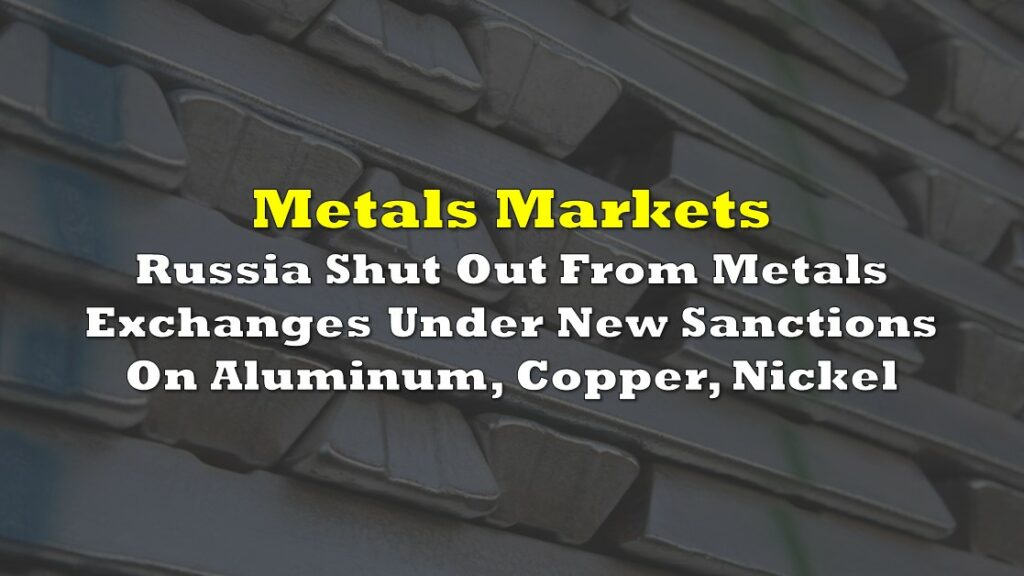Philippine nickel mining remains overwhelmingly geared toward Chinese demand, with advocacy, shipping and customs data all pointing to China as the dominant destination for the second largest nickel producer’s raw ore even as Indonesia rapidly ramps up imports and exposes conflicting readings of the trade flows.
Climate Rights International and research group Empower tracked 3,473 shipments of nickel ore from April 2020 to December 2024 and found that 92% went to China, while 5.5% went to Indonesia.
The same work, based on UN Comtrade data, underpins long-standing claims from Amnesty International and EU policy analysts that roughly 90% of nickel mined in the Philippines is exported to China.
By the numbers, the Mines and Geosciences Bureau valued 2024 metallic mineral production in the Philippines at ₱252.9 billion (US$4.3 billion), up 1.28% year on year, with nickel ore plus nickel products accounting for ₱94.2 billion (US$1.6 billion), second only to gold.
On the trade side, industry price agency Argus reported that Philippine nickel ore exports totalled 44.97 million wet metric tonnes in 2024, up 10.1% year on year. Of this volume, 35.12 million wmt went to China, down 12% from 2023, while 9.55 million wmt went to Indonesia, surging from just 215,000 wmt the year before.
A separate July 2025 shipping analysis by TS Group and AJOT, however, asserts that “over 87% of Philippine nickel ore is exported to China” and that nickel ore represents over 70% of all dry bulk exports from the Philippines. Chinese customs data add another angle, indicating that 34.5 million tonnes of nickel ore imported by China in 2024 came from the Philippines and represented over 90% of China’s total nickel ore imports that year.
Company-level disclosures mirror the macro pattern. Global Ferronickel, the country’s second-largest nickel ore exporter, reported that 93% of its 2024 revenue came from China, with the remaining 7% from Indonesia.
On the policy front, this China-centric pattern underpins a fraught debate over domestic value-adding. A Philippine Senate bill passed in February 2025 proposed phasing in a ban on unprocessed nickel ore exports by 2030 to force investment into local processing. By June 2025, a bicameral conference committee had removed the export ban provision, effectively shelving the measure after industry groups warned of mine closures, job losses, and a lack of realistic financing for smelters comparable to those in Indonesia.
The government meanwhile markets the Philippines as a potential “China-free” alternative supply chain for nickel used in electric vehicle batteries, seeking critical minerals frameworks with the US and other allies, yet the hard numbers show that the ore still overwhelmingly feeds Chinese-controlled processing capacity, either directly in China or indirectly through Chinese-backed smelters in Indonesia.
The Philippines remains the second-largest producer, known for its significant nickel ore exports, although its miners have faced challenges from the Indonesian oversupply and falling prices.
Information for this story was found via South China Morning Post, Business World, Reuters, and the sources and companies mentioned. The author has no securities or affiliations related to the organizations discussed. Not a recommendation to buy or sell. Always do additional research and consult a professional before purchasing a security. The author holds no licenses.









